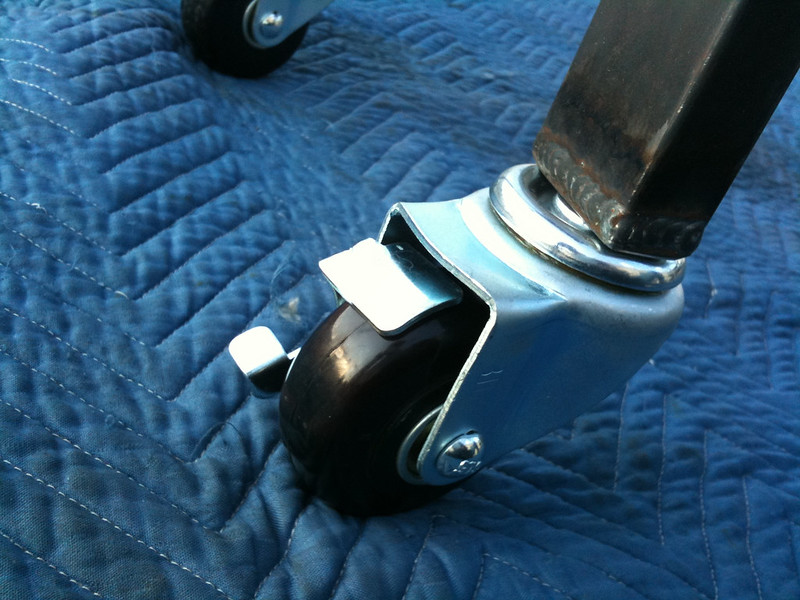The Importance of Transparency in Bail Bond Services
The bail bond system is crucial to criminal justice, allowing accused individuals to retain their freedom during legal proceedings. However, the nuances of this process can be challenging to navigate without the proper understanding. Selecting a bail bond agent who operates transparently regarding fees and procedural matters is important.
Transparency in Fees
Defendants often cannot afford their cash bail and are forced to contract with a bail bond company Allentown, PA, to guarantee their appearance in court. In doing so, the defendants agree to pay the bond agent a non-refundable fee and provide any necessary collateral to ensure they attend their hearings. The bonding industry is undergoing a radical transformation with the advancement of technology. Previously reliant on paperwork and phone calls, digital tools are now available to streamline processes and improve transparency for all involved parties. When selecting a bail bond agent, ask questions about their services and fees to understand how they operate. Pay special attention to their tone and how quickly they respond to your inquiries – if the answer is negative or absurdly short, it is likely, that the bond agent is not interested in serving you well. The same goes for any potential collateral you may be asked to pledge; ensure you fully understand what you’re getting into before signing anything.
Transparency in the Process
When posting bail, defendants and cosigners often put up collateral or assets, such as property or vehicles, in exchange for a financial guarantee that the accused will appear for court hearings. This is a crucial part of the process, but if the accused misses any hearings or violates any other conditions set by the court, these assets could be confiscated to cover lost costs for the bond company. To avoid these consequences, choosing a bail bondsman who is transparent about all process aspects is important. This includes clearly explaining the fees, steps, and responsibilities of all parties involved in the bail process. Hesitation or vague responses during inquiries are red flags that it is time to consider a different option. Bail bond agents often work on high-profile cases and, as such, must carefully balance transparency with discretion. Information leakage during these sensitive cases can impact public sentiment and judicial proceedings.
Transparency in Responsibility
Bail bonds play a vital role in criminal justice by allowing individuals to maintain their freedom while awaiting trial. This is especially important for those needing more means to pay their full bail amount. However, they should still be allowed to pay attention to their legal obligations and skip court appearances. This is why it is important to choose a bail bond service that is transparent in its responsibilities and duties. This includes explaining what happens if a defendant fails to appear in court and their financial responsibilities if they do not comply with stipulated terms. Bail bond services are tightly regulated by law and must comply with changing regulations. Fortunately, the use of technology in the industry has made it easier than ever to understand and meet these requirements. This also allows defendants to attend their court appearances remotely, reducing the need for physical courthouse visits.
Transparency in Communication
Bail bonds allow individuals to avoid incarceration and retain their employment, family stability, and mental health while they await trial. Understanding the ins and outs of this process is crucial for anyone involved, but even more so for those amid legal proceedings. To educate and empower clients, bail bond agencies should produce insightful content that breaks legal jargon into easily understandable terms. These resources can range from informative blog posts to informative infographics and videos. Furthermore, a bail bond agency must remain available to answer questions from clients 24/7. This can be achieved through innovative AI chatbots that can engage with and address frequently asked questions. This helps further to establish an agency as a reliable, knowledgeable resource and cultivates client trust. In addition, incorporating technological tools that facilitate electronic documents, signatures, and payments further streamlines the process and makes it more efficient. This also helps maintain a consistent financial transaction record for accountability purposes.










